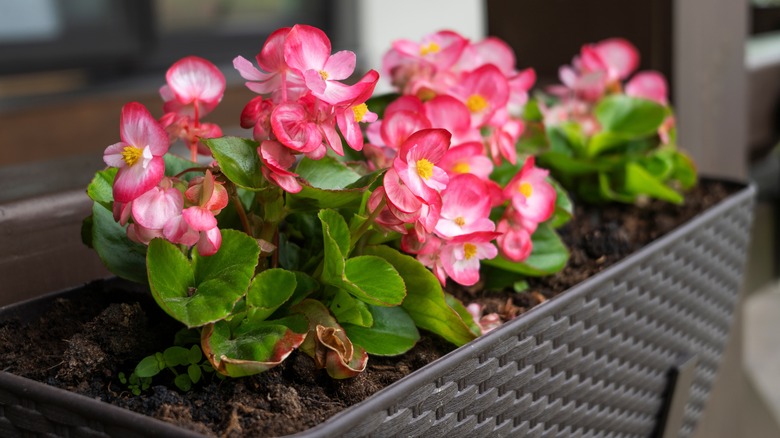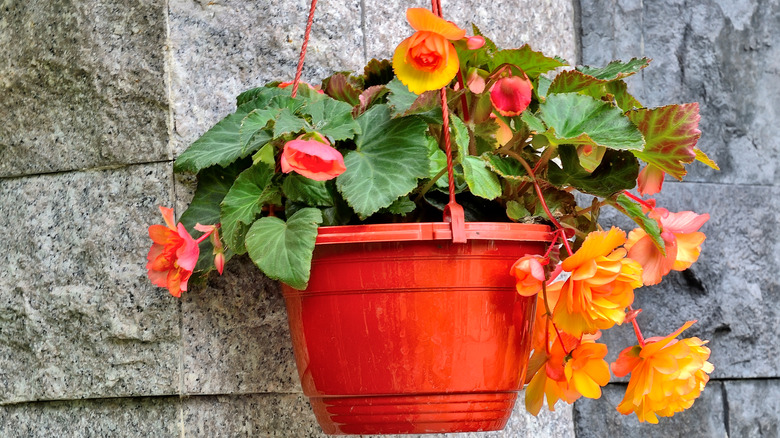Hummingbirds are often welcome in most gardens, if not for their adorable small stature and beautifully colored plumage alone. Yet beyond their delightful appearance, they’re also important pollinators. When they go from flower to flower in your garden, they spread pollen around and help your plants thrive. As a result, naturally, gardeners typically want pollinators like hummingbirds in their yards to help accomplish this. One way to get the hummingbirds there is with a begonia plant.
Simply put, planting begonias is a simple, effective, and affordable way to attract hummingbirds. These easy-to-care-for plants come in a variety of colors, including red, pink, yellow, and white. Their flowers are also varied and can be of various shapes and sizes.
Though their vibrant color plays a role, that’s not the only thing that attracts hummingbirds. Begonias are jam-packed with nectar and will keep hummingbirds visiting daily to fill up. Unlike unreliable bird feeders that can go empty, dry out, or be taken over by territorial squirrels, begonias offer a reliable, natural source of nectar throughout the season.
Begonias are easy to grow and work as natural pest control

Despite their elegant look, taking care of begonias is surprisingly simple. These plants require bright sunlight and basic watering, not too much and not too little, and damp but not soggy soil. Keep them away from drafts and scorching rays, and offer a light feeding during warmer months. Be sure to regularly deadhead your begonia blossoms. Though the flowers will eventually drop off on their own, deadheading them will aid in growing more stems and filling out the plant continuously with more flowers.
While pollinator plants do a great job of attracting birds, bees, flies, and moths to the garden to spread the pollen around, in doing so they also gather a large group of beneficial insects. These insects are those that work as a natural pest control that protect your plants. For example, hoverfly larvae kill some of the most troublesome pests in gardens, such as aphids, thrips, and beetles. So, though your begonias may attract a great pollinator in a hummingbird, it will also bring in free pest control at the same time.
How to create a welcoming refuge for hummingbirds

When trying to attract hummingbirds to your garden, your first focus should be on strategic planting. Aim for sunny locations with partial afternoon shade, so begonias will bloom from spring to fall. Hang baskets near windows for up-close viewing when hummingbirds stop by. You can also add begonias to your garden for splashes of color to flowerbeds and borders. Variety helps keep hummingbirds interested, so plant a mix of begonia types with different bloom times to provide the birds with a steady supply of nectar.
Beyond straight planting, consider the finer details of your yard. Hummingbirds prefer open spaces for easy maneuvering, so avoid overcrowding your plantings. Think about incorporating companion plants like coleus, caladium, and impatiens, which bloom well right alongside begonias. A few well-placed birdbaths can also encourage hummingbirds to linger in your garden and can also provide the birds with a vital source of water. With a little planning and some blossoming begonias, you can transform your backyard into an inviting hummingbird playground that benefits all of your plants.




